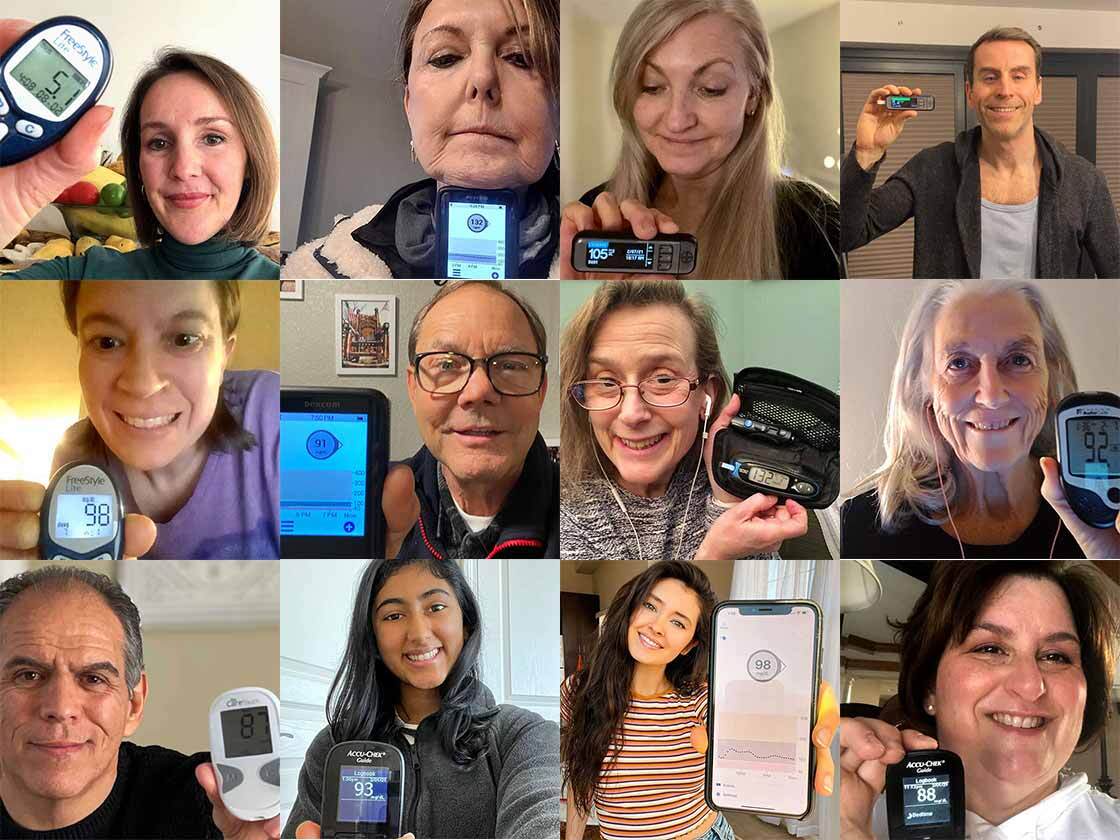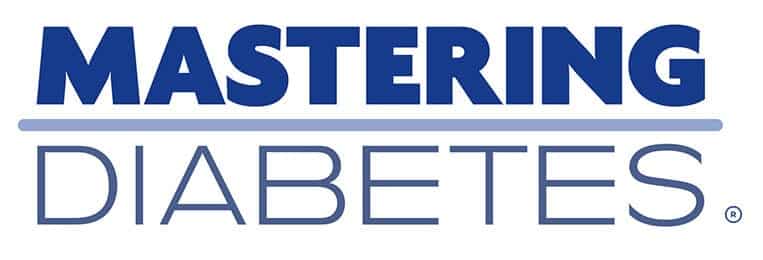People living with all forms of diabetes are often told to avoid eating fruit because they contain “too many carbs.”
Instead, people with diabetes are told to derive the majority of their calories from animal-based foods like chicken, fish, meat, eggs, and cheese.
But when people with diabetes eat more animal foods, other health problems that accompany fat and protein-rich diets begin to arise, including heartburn, high cholesterol, extreme lethargy, and insulin resistance.
Following the American Diabetes Association (ADA) diet, Kinjal didn’t understand how someone dedicated to managing diabetes could experience all of the symptoms above – it just didn’t make any sense.
Today, Kinjal is no longer looking for a new fad diet and has instead become a true believer in the power of plant-based nutrition.
For the first time since being diagnosed with type 2 diabetes, her A1c is 5.3% – down from 7.2% when she was first diagnosed with type 2 diabetes in December of 2015.
She is at her ideal body weight, even though she never counts calories. Her mind is clear and she has plenty of energy.
Every day, Kinjal eats low-fat, plant-based, whole foods and “feels like she’s twenty years old again.”
Continue reading to learn how a schoolteacher and busy mom diagnosed both with gestational and type 2 diabetes took her health into her own hands.
Kinjal’s Struggle for Clear Answers
Dedicated to managing her blood glucose levels as if it were her job, Kinjal was diagnosed with type 2 diabetes and immediately began following the ADA’s dietary recommendations.
Over time, she committed to various low-carbohydrate, high-protein diets, hoping that each grocery trip would bring her closer to reversing type 2 diabetes.
For breakfast, she typically ate 1 boiled egg, a plain croissant, and 2 tbsp of tempeh or string cheese, in addition to a cup of coffee.
For a mid-morning snack, she either ate vegetables with hummus, vegetables with peanut butter, cheese with a handful of almonds, or a bunch of nuts with a handful of berries.
For lunch, she usually ate a salad with quinoa, an open-faced pita sandwich, or stir fried vegetables containing oil.
For dinner, she generally ate tofu with vegetables, a spinach or kale salad, Tofurkey, a cheese quesadilla, or soup with black beans and quinoa.
Despite eating what she thought was a “healthy diet,” she felt progressively worse each year. She’d wake up with high blood glucose levels and not enough energy to start the day.
In an effort to control her blood glucose, she began eating less but found herself increasingly lethargic.
Despite trying to workout frequently, her lifestyle left her frustrated, on heartburn medication, using 2000mg of Metformin per day, and with an intensifying pain in her feet.
Years following her diagnosis, she knew it was time to make the right change. Her health was slipping, and she no longer could sustain the energy levels necessary for a day’s work.
In September of 2017, she joined the Mastering Diabetes Private Coaching Program, and worked closely with Cyrus to make step-by-step changes to her breakfast, lunch, and dinner meals.
In the first few months of the program, Kinjal made very important changes to her diet, including the following:
Reversing Insulin Resistance: The Foods that Gave Kinjal Life
It’s no secret the human body thrives when running on the carbohydrate energy contained in whole fruits and vegetables.
But there’s still a secret, if only the sugar industry could keep it to themselves...
All fructose gives your body energy. However, your body uses the fructose found naturally in whole plants more effectively than it uses concentrated or processed fructose that may or may not have started in plants, like artificial sweetener or cane sugar.
According to the American Journal of Clinical Nutrition, fructose is necessary for energy, but the source from which we derive our energy should be the focus. Researchers write:
“In fruit, fructose serves as a marker for foods that are nutritionally rich. However, in soft drinks and other ‘sweets,’ fructose serves to reward sweet taste that provides ‘calories,’ often without much else in the way of nutrition.”
It is understandable, then, why Kinjal felt depleted of energy.
After having developed gestational diabetes during pregnancy, she’d been advised to avoid fruit altogether. At times, she’d recommit to the diet that we consider ‘Paleo’ today.
When Kinjal began searching for credible dietary advice online, she noticed conflicting information and that none of the so called “facts” actually resonated with her own experience.
Two years later, confused about how to manage type 2 diabetes, she was ready to relearn the basics from the ground up.
Kinjal’s Results
At the beginning of the program, her A1c was 5.7%. After 3 months in the program, Kinjal’s A1c had risen to a 5.9%, and her fasting blood glucose ranged between 113-130 mg/dL.
This caught the attention of Cyrus, who recommended she take the C-Peptide Blood Test to learn more about her endogenous (self-made) insulin secretion ability.
Her C-Peptide result was 1.57 ng/mL, which suggests that the ability of her pancreas to secrete insulin has been compromised over time.
A low C-Peptide value partly explains why her fasting blood glucose and A1c value remained high in the first 1-2 months of her transition to a fully plant-based diet.
Over the course of 6 months, Kinjal’s A1c value dropped from 5.9% to 5.3%, and has remained between 5.2-5.4% for more than a year.
Today, Kinjal experiences maximum insulin sensitivity from her diet, and low levels of endogenous insulin production are no longer a problem because she eats a nutrient-dense, low-fat, plant-based diet.
In addition to an improved A1c value, Kinjal lost 14 pounds, no longer experiences heartburn, and has more energy than she’s had in years.
She has the energy to manage stress levels with incredible success, and training for 5k races are extremely enjoyable.
Best of all, Kinjal has eliminated 2000mg of Metformin from her daily regimen, has increased her C-Peptide value from 1.57 to 1.80 ng/mL, and has reversed type 2 diabetes from her medical record.
You now can find Kinjal eating more, weighing less, attending Mastering Diabetes retreats in Costa Rica, and signing up for another 5k race to run.
Kinjal is thankful for a completely new and sustainable lifestyle that has improved her health more than she could have ever asked for.
She is passionate about spreading information about sustainable diabetes health to her friends, family, and colleagues.
Lower Your A1c and Get to Your Ideal Body Weight ... Guaranteed

Your results are guaranteed. Join more than 10,000 ecstatic members today
Personalized coaching puts you in immediate control of your diabetes health, helps you gain energy, improves your quality of life, and reduces or eliminates your meds.
Leave a Comment Below
Join us in giving Kinjal a virtual high-five for a job well done!

